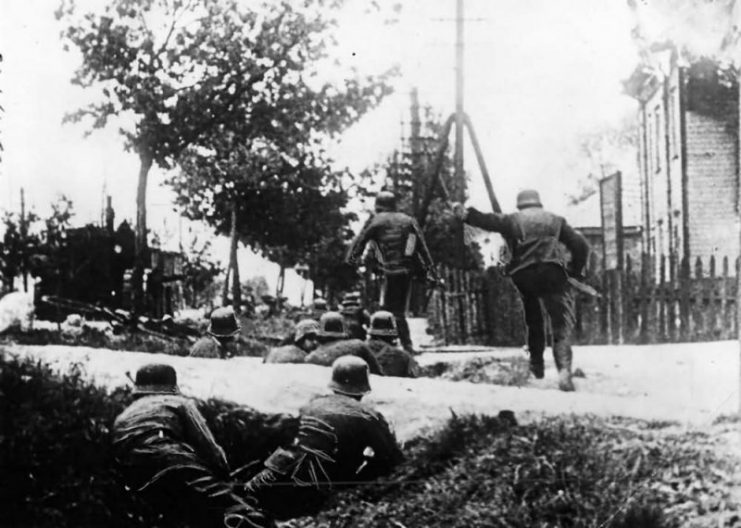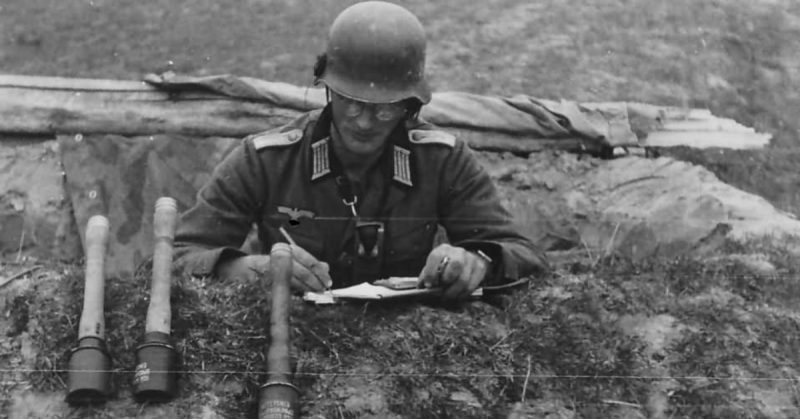Throughout its history, Smolensk was a key city on the way to Moscow. Repeatedly the inhabitants of Smolensk resisted enemies and stopped invaders on the outskirts of the capital. During World War II, known as the Great Patriotic War in the USSR, about 93% of the city was destroyed. Here are five facts about Smolensk and its inhabitants during the German occupation.
German sabotage and air raids
On the eve of the first air raids in Smolensk, several dozen subversive groups arrived. They set fire to apartment houses thereby creating a target for German bombers. On this night the city was in flames, searchlights burned from various directions, and antiaircraft guns were heard. The first air raids on Smolensk began on June 24 or possibly June 26, 1941. After that, they began to occur systematically until they peaked on the night of 28-29 June.
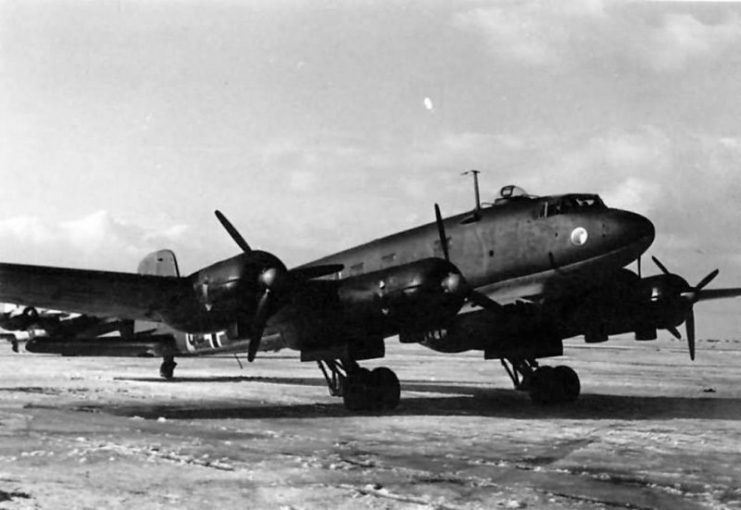
About 100 high-explosive bombs and about 2,000 incendiary bombs were dropped onto Smolensk. Because of the air strikes, all the central streets were destroyed, the central part of the city was destroyed, and more than 600 houses were burnt.
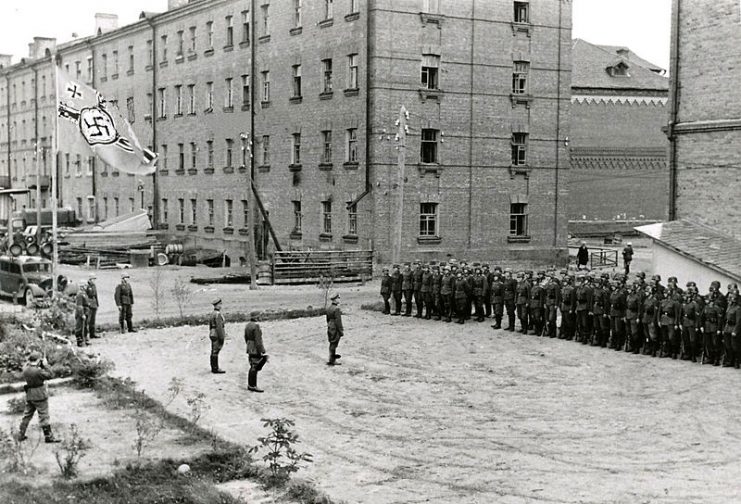
Curfew and strict orders
The civilian population was allowed to be on the streets in Smolensk from 6:00 AM to 7:30 PM. In addition, the residents of the city were forbidden to leave the city limits without permission. All able-bodied residents aged between 14 and 60 years had to work. Women often cleaned the city, and men worked in factories and businesses.
However, only opponents of the Soviet government were allowed to work at businesses, and corporal punishment was periodically used to punish offenses. For example, in a beer factory, five people were lashed for drinking a glass of beer.
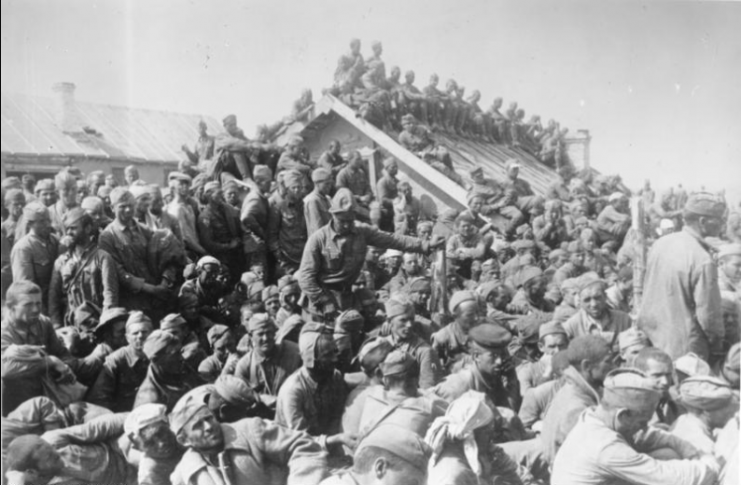
German propaganda
After the capture of Smolensk, the Germans began publishing propaganda to achieve their goals. The newspapers New Way, New Life, Bell and others were used to inspire the residents’ trust in the German occupiers. In addition, a cinema called “Luch” was opened in Smolensk, where propaganda films were shown about a good life in other cities captured by the Nazis.
German propaganda was able to achieve the stratification of society. Part of the population, who were offended by the actions of the Soviet authorities and believed that Nazi Germany would win, decided to move to the German side. After that, a multitude of local policemen appeared in the city, who were engaged in directing “new orders” in the city.
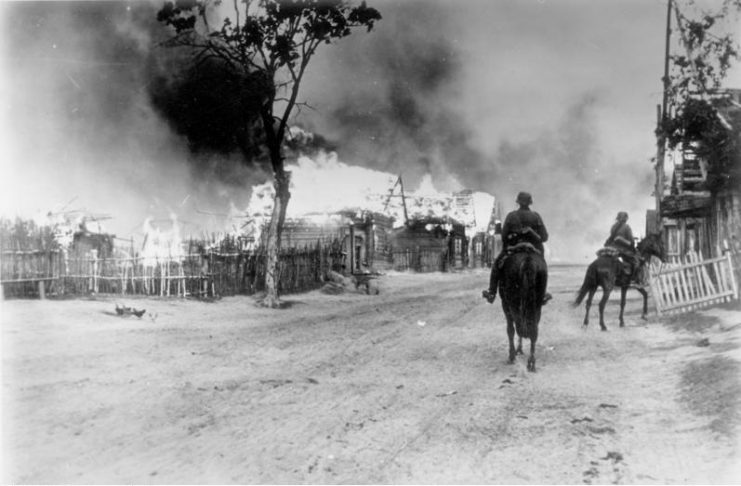
Big taxes and prostitution
During the occupation, German authorities introduced a poll tax of 100 rubles a year from every able-bodied citizen. In addition, there were “natural” taxes on meat, potatoes, milk and other items that reduced the food rations of city residents. Also, the population had to give the Germans warm clothes, wool, tools and medicines.
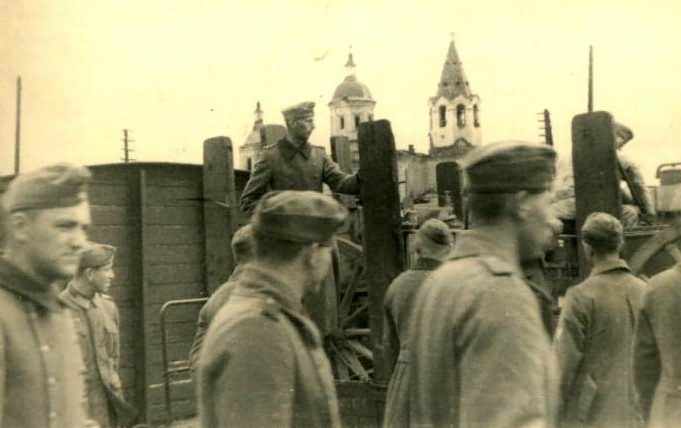
The resulting difficult financial situation forced many women to sell their bodies to German soldiers and officers. About 50-60% of Smolensk women were forced to engage in prostitution at home, and the building of a hotel for that purpose created a house of tolerance.
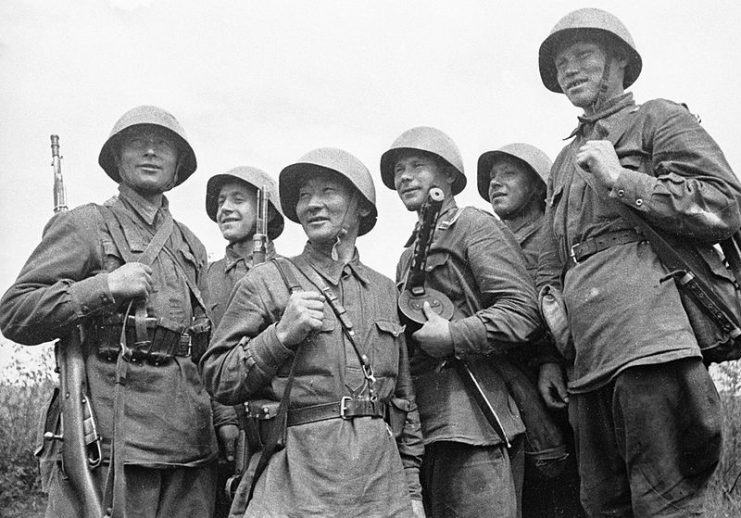
The price of occupation was half the population
During the period of the German occupation, 151,319 civilians and 23,137 prisoners of war were killed: shot, burned, hanged, buried alive, poisoned, and tortured in camps. In addition, 164,630 people were sent to hard labor in Germany. The population of the Smolensk region and Smolensk itself fell by about half.
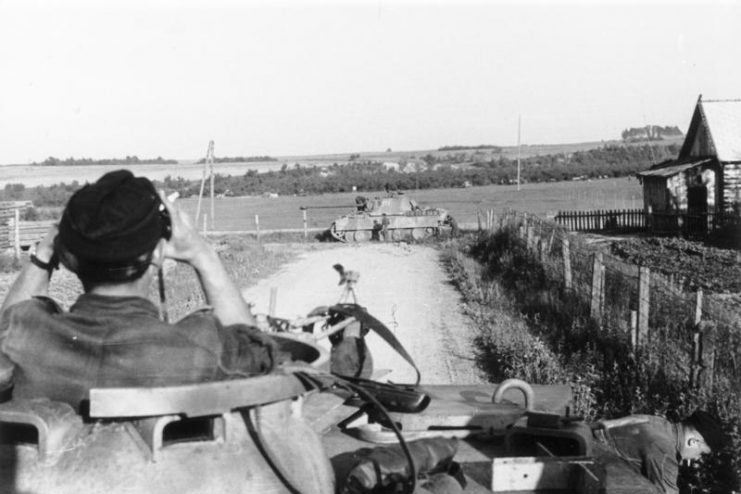
![German tanks PzKpfw IV in Vitebsk, 130km from Smolensk.Photo: Bundesarchiv, Bild 101I-351-1427-21A Jakobsen [Jacobsen] CC-BY-SA 3.0](https://www.warhistoryonline.com/wp-content/uploads/sites/64/2018/09/german-tanks-pzkpfw-iv-in-vitebsk-130km-from-smolensk-photo-bundesarchiv-bild-101i-351-1427-21a-jakobsen-jacobsen-cc-by-sa-3-0-741x530.jpg)
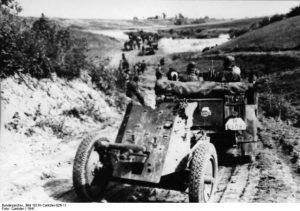

![Field Marshal Fedor von Bock, commander of the Army Group Centre (left) in conversation with General Hermann Hoth, commander of 3rd Armoured Group and General Wolfram von Richthofen. 8 July 1941.Photo: Bundesarchiv, Bild 101st-265-0048A-03 / Moosdorf [Mossdorf] / CC-BY-SA 3.0](https://www.warhistoryonline.com/wp-content/uploads/sites/64/2018/09/4.jpg)

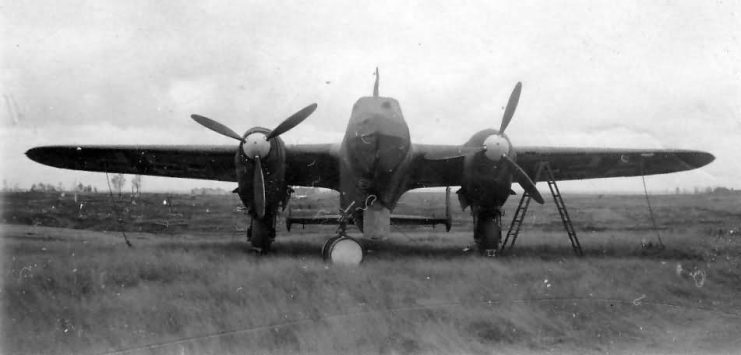
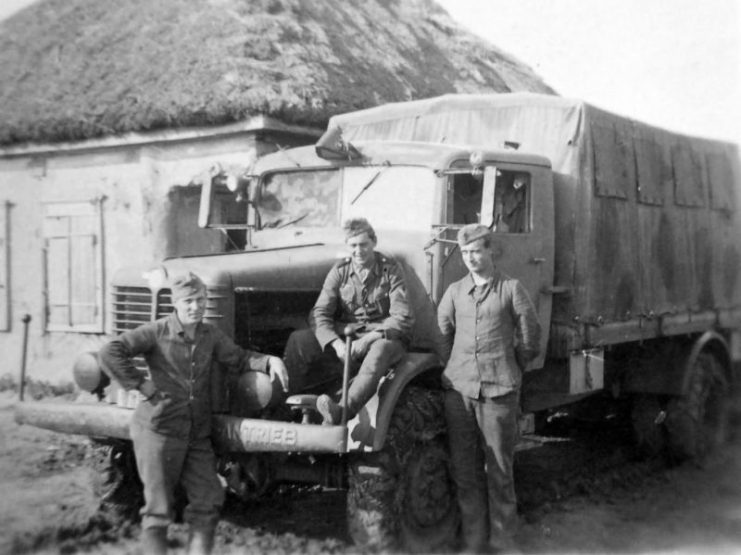
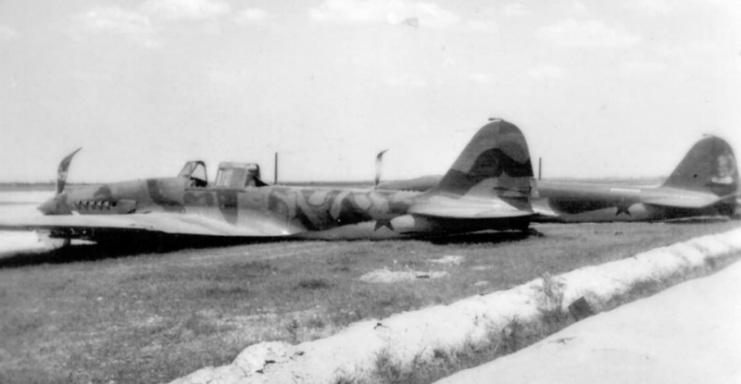
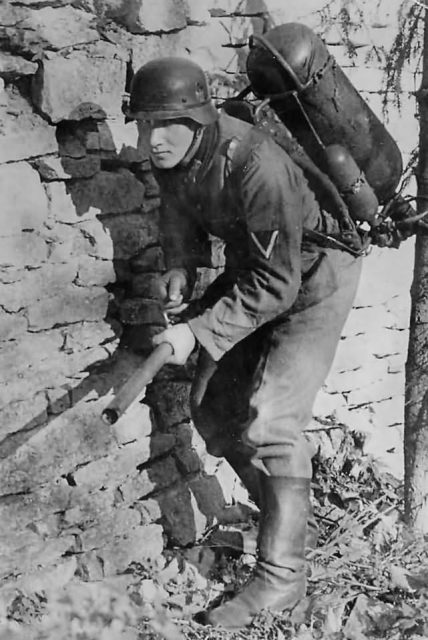
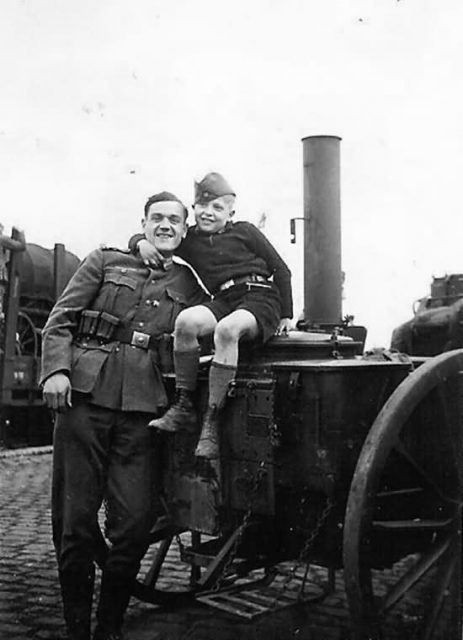
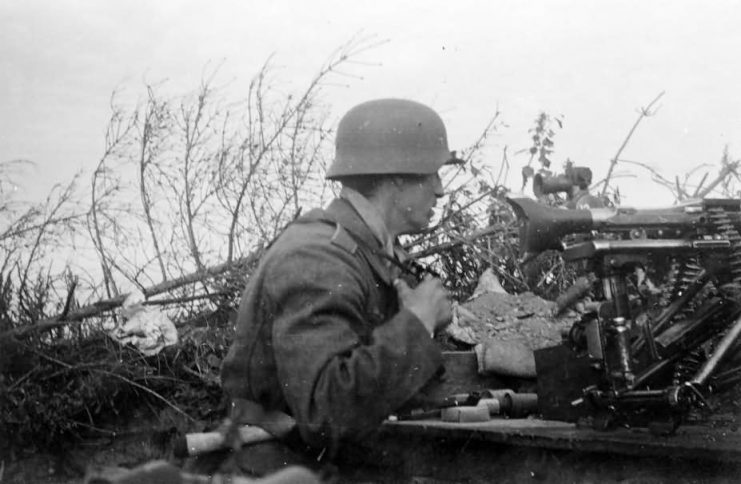
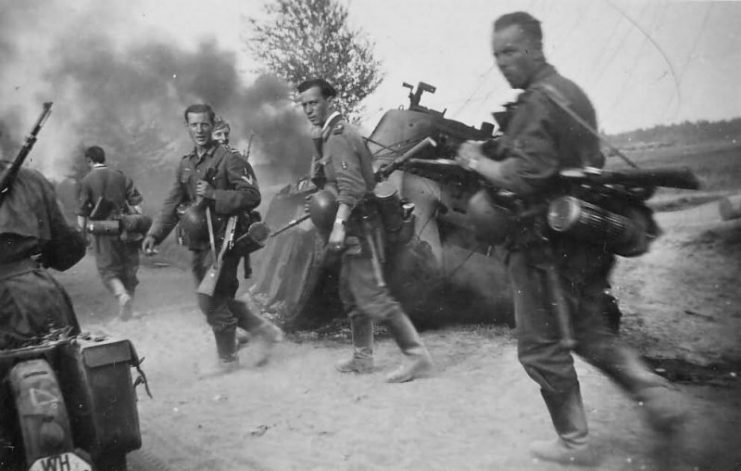
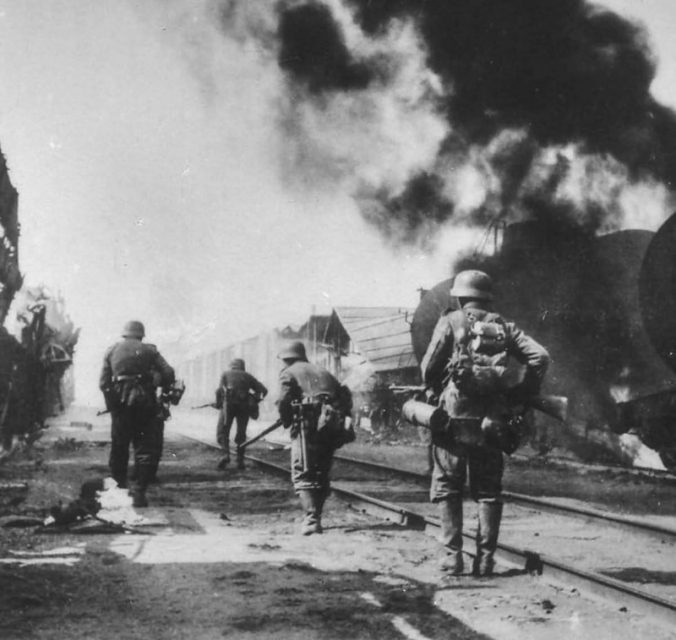
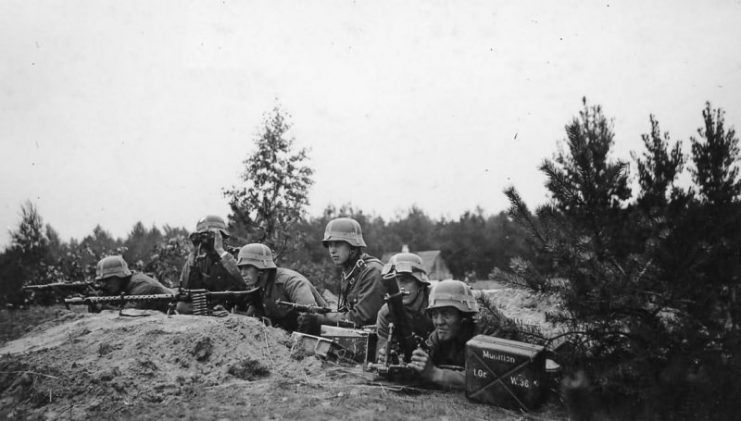
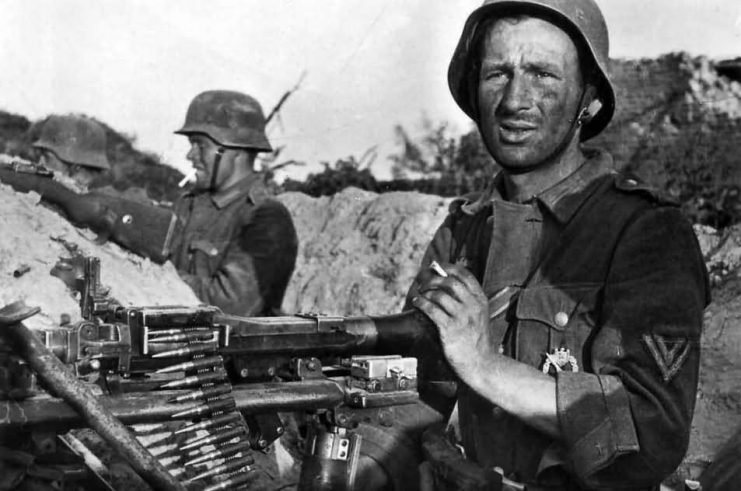
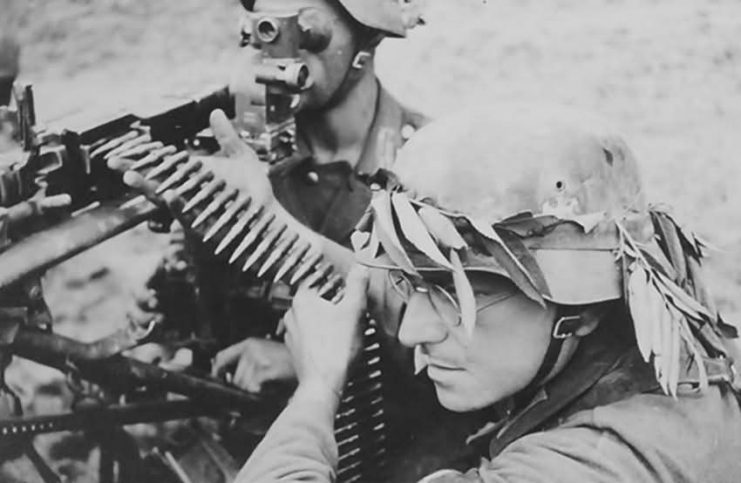
Read another story from us: Operation Bagration – The Soviet Liberation of Belarus
